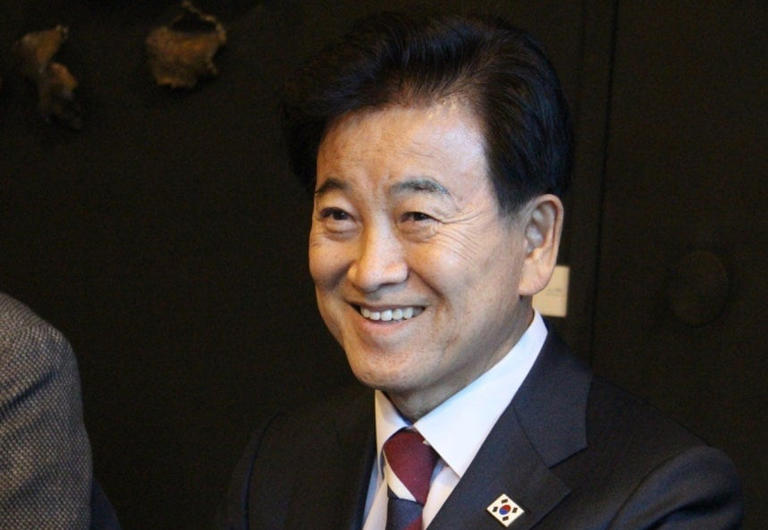The Current State of North Korea's Nuclear Arsenal

Minister Chung's remarks highlight the alarming progress North Korea has made in its nuclear weapons program. South Korean intelligence estimates suggest that North Korea possesses over 2,000 kilograms of highly enriched uranium (HEU), a critical component for nuclear weapons production. With approximately 20 kilograms of HEU required to produce a single nuclear weapon, this stockpile could theoretically yield up to 100 nuclear warheads
Furthermore, North Korea operates four uranium enrichment facilities, including the well-known site at Yongbyon. These facilities are harder to detect than plutonium-based sites, making the buildup even more concerning. Despite international sanctions and diplomatic efforts, North Korea's nuclear program continues to expand, with no indication of a slowdown
Advancements in Missile Technology
In addition to its growing nuclear arsenal, North Korea has made significant strides in missile technology. South Korean President Lee Jae Myung recently announced that North Korea is nearing the completion of an intercontinental ballistic missile (ICBM) capable of delivering a nuclear warhead to the United States. The only remaining hurdle is the development of reliable atmospheric re-entry technology, which is crucial for the missile's effectiveness
This development places North Korea in a select group of nations with the capability to strike the U.S. mainland, alongside China and Russia. The potential for such a strike has profound implications for global security and underscores the urgency of addressing North Korea's military advancements.
Diplomatic Implications and Regional Security
Minister Chung's comments also reflect a shift in South Korea's approach to inter-Korean relations. While previous administrations have emphasized the goal of denuclearization, Minister Chung's statement suggests a recognition of the current reality: North Korea is a nuclear-armed state. This acknowledgment may pave the way for more pragmatic diplomatic strategies, focusing on managing the existing threat rather than pursuing unattainable goals.
The international community's response to North Korea's advancements has been varied. While some nations call for increased sanctions and pressure, others advocate for renewed diplomatic engagement. The challenge lies in balancing these approaches to effectively address the growing threat posed by North Korea's nuclear and missile programs.
The Role of the United States and International Cooperation
The United States plays a pivotal role in addressing the North Korean threat. As a key ally of South Korea and a global leader, the U.S. must collaborate closely with South Korea and other regional partners to formulate a comprehensive strategy. This strategy should encompass diplomatic efforts, economic sanctions, and, if necessary, military deterrence measures.
Moreover, international organizations such as the United Nations must strengthen their efforts to monitor and curb North Korea's nuclear activities. Enhanced cooperation among member states is essential to ensure that North Korea's actions do not destabilize the region or the broader international order.
Conclusion
Minister Chung Dong-young's statement serves as a stark reminder of the evolving security landscape in East Asia. North Korea's advancements in nuclear and missile technology pose significant challenges to regional and global stability. It is imperative that the international community responds with a unified and strategic approach to mitigate the risks associated with North Korea's growing military capabilities.

You must be logged in to post a comment.